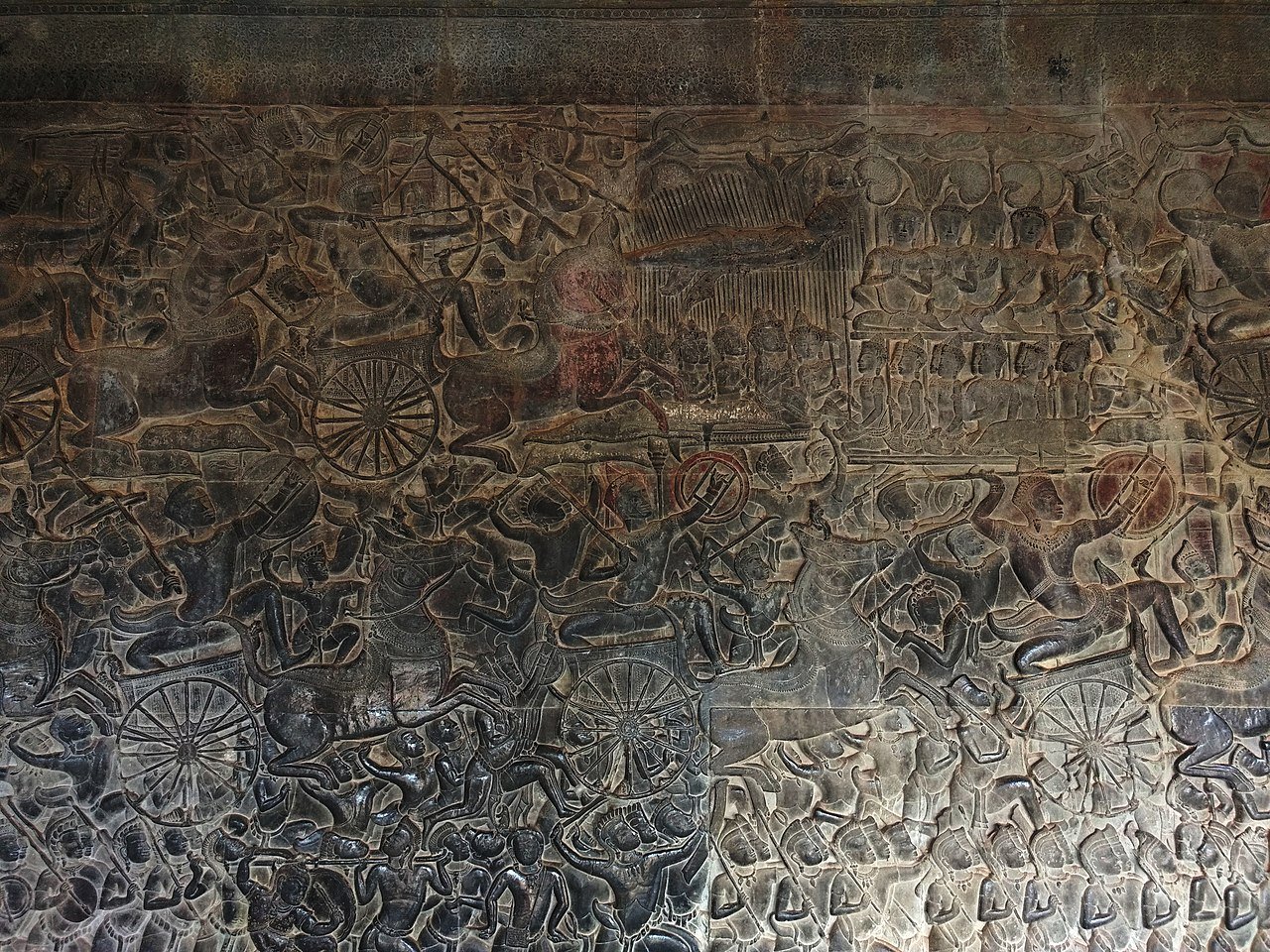
Sweet Lotus. Padmasana.
Sweet lotus. The Bhakti Diaries.
Listen: what you have been taught may no longer serve you; what you need, you already know, but have forgotten. What we need, the way we know, is not in logic or learning. What we need is in our stories, our posture, and in symbol. Nothing will ever touch you so deep, and deep is where you need most to go.
In the beginning is the lotus flower. There was nothing, and vast emptiness, and watery expanse. And then the lotus grew. The arch and stone of mountain sits on a petal of lotus. The cities. And man.
The chakras, those energy points and passages in our body, are symbolized as lotus flowers. In particular, the heart. The heart is a tight fisted bud, unblossomed. The heart, wisdom, is in unfolding. Lotus is spontaneous birth and purity. This is divine. And this is our center.
The lotus is perfect expression of the human condition. That human condition is mired in the material, physical, dank world. But its very essence, its first urge, is toward growth. The lotus flower grows in mud, mimicking the samsara or suffering of Buddhism. It pushes upward, through the water, mimicking the spiritual path and purification. And it breaks the surface. It is beauty.
In the beginning of time, yoga was not about asanas or postures or physical fitness. Yoga was a spiritual quest. The poses come out of the binding of the spiritual quest to the physical body. We are bodily humans, looking for something. They learned, then, those ancients, that the most direct route to enlightenment is not over but through: body is a path, body is THE path. In the beginning, there was only one yoga ‘pose’. This was the lotus. It careened into stillness, facilitated meditation, incarnated process.
Lotus is where yoga began. It is, in many ways, where each individual begins to learn and live yoga. It is, thus, absolute beginning. It is always a place to start.
Lotus is the becoming that is being. The process that is arrival. It’s the moment when straw is spun into gold. When we don’t escape or change who we are, but be it fully, and therefore, change.
I am a shy woman. People don’t always believe me. I sometimes act very brave. I danced on a bar for a living. But these are things from outside, ways I’ve been for others, my body as object. I have very little internal solidity, faith, or confidence. As a subject, I wither and hide. Yoga has changed that.
When I first came to yoga, I came on the heels of someone else. I dressed to hide. I dressed at home, so that I would not have to change at the studio. I came to yoga through Bikram, which uses a mirror as a tool. Look at yourself, they say. Meet your own eyes.
This was a thing I could not do. When they said so, I’d focus on my forehead, my collarbone, or a space on the mirror. An odd realization struck me the other day as I went to an unknown Bikram studio, peeled naked in the changing room. I am no longer afraid or ashamed of my body. At least, not as I was. At least, not when it comes to yoga. Shame and fear surface. But now I have a place to take it, and a process to transform it.
The secret to transformation is sitting still. The secret to yoga is that you are already there. You already have everything you need. Lotus is purity, and a means for us to rediscover ourselves as purity. And lotus is also the dark, the shadow, the mud. The hard truth is that the dark, the shadow, is an aspect of the divine. In lotus, in yoga, we learn this isn’t only true, but beautiful.
There is a tendency to turn spiritual concepts on their heads. To believe that ‘spiritual’, or even the more mundane process of ‘healing’ or ‘living’ or ‘getting better’, has to do with looking up. We envision enlightenment, overcoming, ideals. But the truth of every spiritual path begins with surrender, a kind of looking down in order to go up.
Try this
There is lotus pose, and there is lotus mudra. Both are moving meditations. It doesn’t matter if you can’t hit full lotus with both ankles on your thighs, pose of ease or half lotus will accomplish the same thing. Lotus mudra is one of the more visceral and moving mudras, driving all our conscious thoughts and images into the emotional context, and weaving this with a physical expression. Both the pose and the mudra are basic, non-obtrusive: you can do them anywhere. They incarnate peace, purity, and blossoming and are directly connected to the heart chakra.
 This Mudra belongs to the heart chakra and is the symbol for purity. It is good during times of loneliness and despair.
This Mudra belongs to the heart chakra and is the symbol for purity. It is good during times of loneliness and despair.
- Put your hands together, fingers vertical, relaxed and spread out. The lower part of the palms touches, as well as the pads of the little fingers and thumbs.
- When the hands are closed, they resemble the lotus bud. As the hands open and the fingers splay, the lotus blossoms.
- Open your hands into the flowering lotus. Take four deep and slow breaths, without any forcing or control. Then close the hands back into a bud. Place the fingernails of each hand together, the fingertips curled into the palm.
- Repeat.
